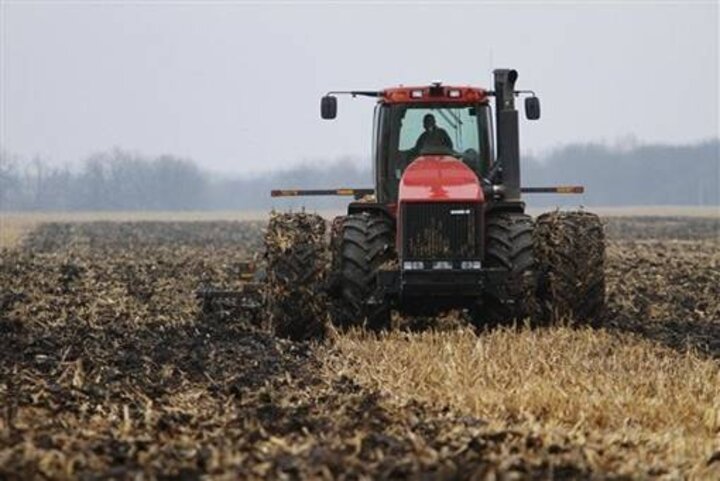Wait for Better Conditions Before Heading Out on Wet Soils
May 11, 2015

With the recent rains and wet soils, many producers may be tempted to head to the field sooner than they should. Some producers may feel that they need to till the soil to dry it out and aid soil warming. Unfortunately, tilling or driving on a wet soil are the primary causes of soil compaction. Too often, when soils are tilled wet, clods may be formed which require additional tillage operations to break them up. This tillage also destroys soil structure and packs the soil below the tillage depth, forming a compaction layer that causes problems with water infiltration and root penetration.
A drier soil is more suited to support the weight of the tillage equipment and tractors and is less likely to be susceptible to compaction. However, tillage still destroys soil structure and the soil surface will stay wetter for a longer time after the next rain because it will be more difficult for soil moisture to move into the compacted layer. Without soil structure, subsequent trips over the field will cause additional compaction. With no-till, freeze/thaw and wetting/drying cycles break up the soil and some of the compaction as the soil shrinks and swells. Growing roots and biological activity also helps build soil structure. As soil structure improves with continuous no-till, water infiltrates better into the soil and wet soil problems are greatly reduced.
Even with no-till, waiting a day or two for the soil to dry out some will provide better soil conditions for stand establishment. Mudding a crop in often results in some seed-vee smearing, sidewall compaction, and/or overpacking of the seed. The resulting uneven emergence and poorer stands often reduce yields more than the slight reduction in yield from planting later. There is still plenty of time to get the crop planted without major yield penalties from late planting.Depending on how fast the rain came and how little residue was on the soil surface, a crust may have formed and some producers may want to till the field to break up the crust. Again, this should be avoided as the soil may be too wet to do tillage. The soil will be able to support the weight of a planter well before it is dry enough to be tilled. Producers will be better off to simply plant the crop through the crust and the seedlings will come up through the slot that the planter cut into the soil when placing the seeds. By not tilling the soil or by not running residue movers, there will be more residue on the soil surface to reduce crusting problems, an advantage of using no-till.
Paul Jasa
Extension Engineer
